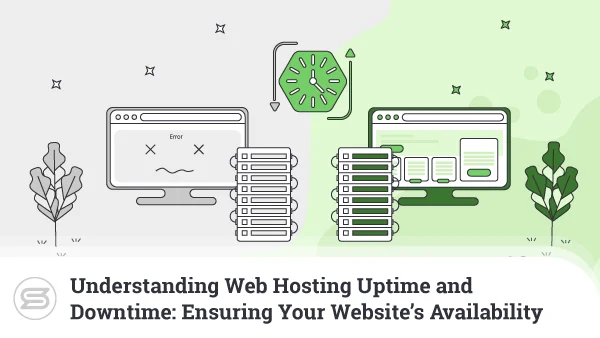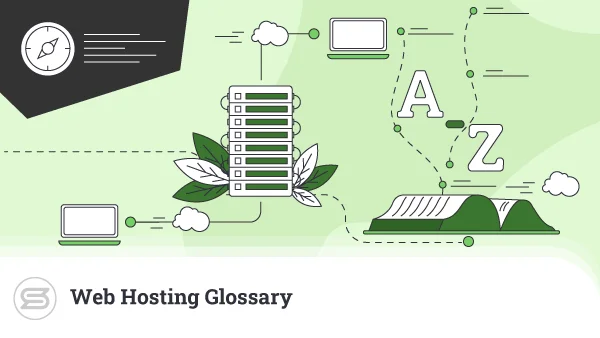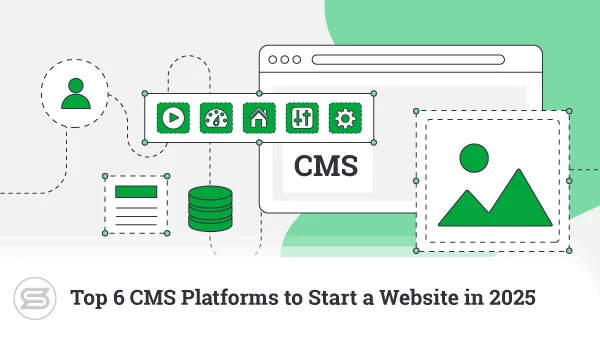Analyzing the True Cost of Downtime: Why Reliable Hosting is Essential
We’ve all heard that downtime is catastrophic. Every minute your website is unavailable is a minute you’re losing money. But there are other consequences you need to keep in mind – damage to reputation and SEO rankings and loss in productivity.
The good news is that downtimes are fairly easy to prevent if you choose a dependable hosting vendor. And we’re here to help with just that.
In this article, we’ll be analyzing the true cost of downtime and discussing why reliable web hosting services are essential for the long-term success of your projects.
Let’s dive right in:
Introduction to Downtime and Reliable Hosting
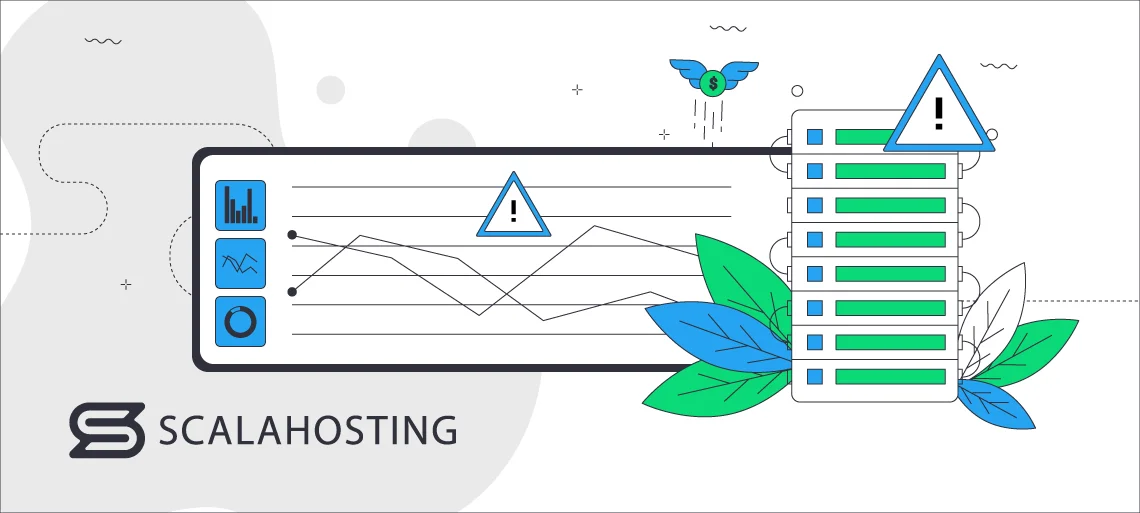
Website downtime is a disruption in service that can last from just a few seconds to entire days.
There are several common types of downtime:
- Server – the worst-case scenario, as servers are the backbone of websites.
- System – affects the software on which you’ve built your site. Although it will also cause various issues, it’s not as bad as server downtime.
- Planned – scheduled by your hosting vendor in order to perform updates or fix issues; the provider will inform you about the downtime in advance.
- Unplanned – when the system or server crashes without any warning.
Users usually expect a website to load in 3 seconds, and a failure to do so, for whatever reason, can lead to a series of unfortunate consequences. The first and most obvious one is direct revenue loss.
Every minute your site is offline, especially for ecommerce businesses, is a minute you’re losing money. That, however, is only part of the issue. The true cost of downtime includes numerous other factors.
Productivity and Employee Costs
Not many people realize it, but one huge disadvantage of unplanned timeouts is employee inactivity. Without their apps and databases at hand, many employees cannot effectively carry out their tasks.
This creates an avalanche effect – projects missing deadlines, dissatisfied customers and partners, stressed out employees, etc. The result is a disruption in the overall workflow.
As a business owner, you still pay employee wages during downtimes without receiving the corresponding output. So, the longer it takes for the issue to be resolved, the greater the financial loss you’re experiencing.
Customer Experience and Trust
The repercussions of poor customer experiences extend beyond the immediate inconvenience. Losing clients’ trust due to frequent or prolonged downtime can lead to a decline in customer retention. In addition, you will have to relocate resources to deal with complaints, which can slow down the workflow even more.
But your client base turning to the competition is just one issue. Thanks to social media nowadays, bad experiences can be shared and reach a lot of people who haven’t heard of your business before. That will tarnish your reputation in the long run.
SEO and Search Ranking Effects
Downtime doesn’t just impact current customers – it affects your online visibility. Search engines like Google penalize inaccessible websites, leading to a loss of organic traffic and decreased rankings. If your site is offline long enough, it can even be removed from the engine’s index.
That’s because of crawlers. They visit your website to scan its content and add it to, for example, Google Index. This way, it can rank and show up as a result of search queries.
If your site is temporarily unavailable – the crawler will revisit it at another time. It will take a few tries before the search engine robot gives up, but once you get deindexed – you’ll have to start from scratch. Overall, the lack of visibility can lead to dire consequences for growing businesses.
Ad Campaign Disruption
Website downtimes can disrupt all your marketing efforts. You could be spending tons of your budget to promote your business or a new product, but if your site is offline – it won’t really matter. It’s like throwing money in the void.
Many people, especially bloggers, post ads on their websites as a form of earning money. If no one can see them because of the site’s frequent downtimes, they can’t get any revenue. This can harm their reputation, and other brands may refuse to collaborate with them in the future.


Your Website with Entry Cloud
Data and Reputation Risks
There are different ways for hackers to take your business site down, thus affecting your reputation. For example, DDoS (Distributed Denial of Service) attacks aim to overwhelm your website with traffic and take your server offline. While they don’t really steal any information, the consequences of the site’s inactivity are bad enough.
Your data is also more vulnerable during downtimes. That’s another reason why reliable hosting is essential – you need to choose a provider with strict policies that safeguard your and your customers’ data. A leak of any type of information will damage your reputation beyond repair, so make sure to also invest in security apps yourself.
Industry-Specific Implications
Downtime affects industries differently.
The ones who suffer the most from website crashes are:
- Ecommerce – if your clients can’t reach your store, especially during peak shopping times, such as Black Friday, you’ll be losing potentially millions of both money and customers. It also leads to higher cart abandonment rates and loss of client trust, especially if your site crashes during transactions.
- Finance – if visitors are not able to access their data or proceed with their payments due to transaction failures, you’ll experience both loss of finances and customer loyalty.
- Healthcare – website crashes could hinder information availability, disrupt hospital workflow, make patient identification impossible, etc.
- Media – people use media websites to get access to information immediately, and if you can’t provide that, they will turn to the competition.
- Manufacturing – downtime can hinder most processes in manufacturing, and businesses can lose up to 20% of production and much more in employee costs.
Unfortunately, no business or niche is safe. That’s exactly why you need to choose a reputable vendor and create a plan to minimize downtimes as much as possible.
Preventing Losses Due to Downtime
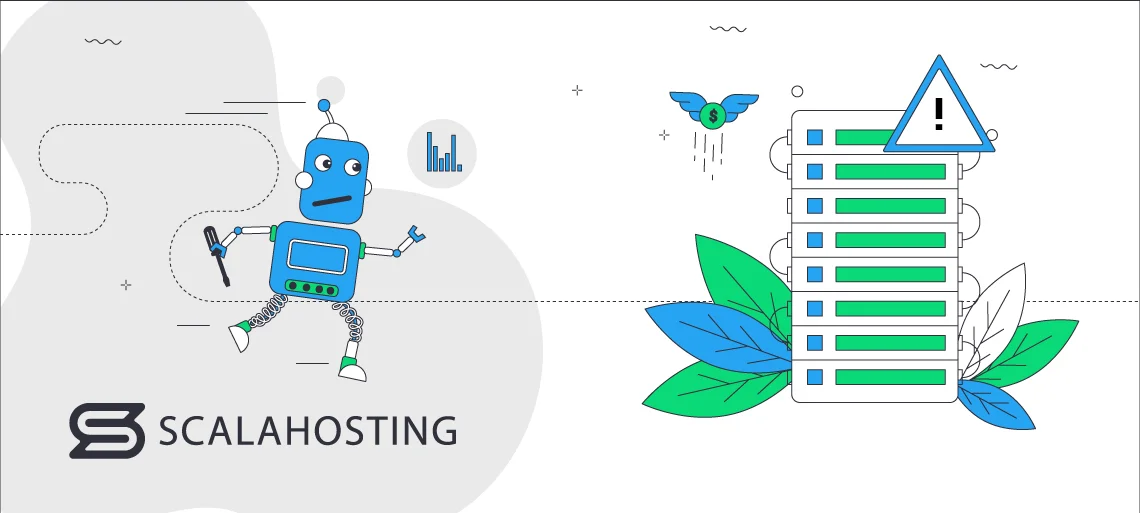
There’s a lot you and your hosting provider can do to prevent downtimes, but there are some scenarios in which you’re both powerless. That’s why you need an efficient strategy to minimize losses if the worst-case scenario happens.
Evaluating Hosting Providers for Reliability
Choosing a reliable hosting provider can save you a lot of headaches down the road. The first thing you should look for is uptime guarantees. While vendors cannot realistically achieve 100%, you should aim for one with at least 99.9%.
Beyond that, you should consider the provider’s track record, scalability, and customer support. Scalability is a key factor, as traffic spikes are one of the main culprits for website downtime.
You should be able to grow your site alongside your audience. Last but not least, look for a vendor that offers 24/7 support. A fast reaction from experienced professionals can make a huge difference for your business.
Backup and Disaster Recovery Strategies
Websites contain tons of data like scripts, HTML files, images, videos, etc. Unexpected crashes can lead to the loss of not only finances but also crucial information. A data backup will eliminate this issue and help you restore your system to its previous state as fast as possible.
That’s exactly why reputable vendors offer daily offsite backups. Your data will be stored on a backup server in a different data center. The best news is that if you choose a managed VPS service, you won’t really need to do anything – the designated team can take care of it.
However, what you can do is schedule and automate backups on your own. Consider which data needs to be backed up regularly and where you’re going to store it. Set the start and completion times, and you’re good to go.
There are also different backup and disaster recovery strategies that you need to make yourself familiar with. Once you’ve created a solid plan, remember to test and verify your backups – you need to ensure everything is okay with your data.
Managed VPS Hosting for Uptime Assurance
Managed VPS hosting has numerous benefits for your business, no matter the industry, as long as uptime is your priority (It should be).
The most obvious one is flexibility. Performance is guaranteed thanks to the dedicated resources you get, but you can easily add more CPU cores, RAM, and storage space when the time comes. That comes in handy during traffic spikes and once your website starts to grow.
The support team will also keep an eye on your resources and warn you when it’s time to scale up. They are also the ones who configure your server to provide optimal performance for your website. In addition, reputable hosts offer daily offsite backups as part of their packages. That means that even if the worst possible scenario happens and you lose your data, you can quickly restore your website to a previous version.
And last but not least – managed VPS packages come with advanced security. In other words, you get optimal protection against cyber-attacks, such as DDoS attacks, aiming to bring down your website.
Implementing Redundancy and Failover
Redundancy means having multiple servers store the same content and handle the same requests. That way, if one server fails, the rest can take over.
There are several strategies you can use:
- Failover – switching to a backup web server when the primary one is down; it can be performed manually or automatically, depending on your setup.
- Load clustering – all available servers are combined in a cluster and process a service simultaneously, so even if one is down, the rest will keep your service up and running.
- RAID (Redundant Array of Independent Disks) – a fault tolerance solution that is installed on a server and provides redundancy and fault tolerance.
- Load balancing feature – redirects website traffic between two or more servers with the same content to prevent downtime.
- High availability tools – provide continuous service availability using failover mechanisms and redundant infrastructure setups.
Avoiding Downtime With ScalaHosting
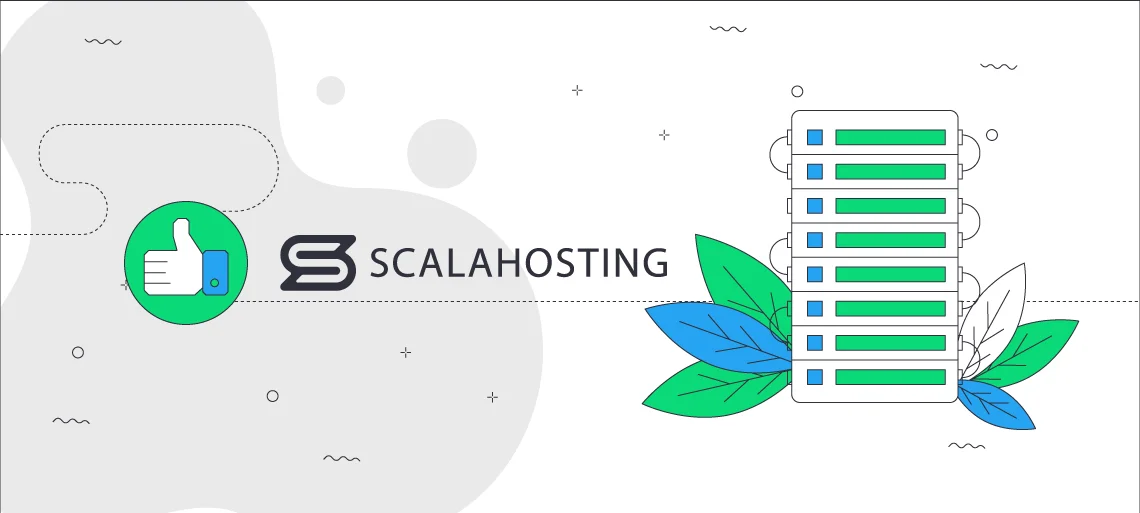
ScalaHosting has more than 15 years of experience on the hosting scene. We know downtime is costing businesses a lot. That’s why our servers and cloud setups are built for reliability, with a 99.9% uptime guarantee.
Our managed VPS packages are created with flexibility in mind, allowing you to customize your server to fit your exact needs. So, you’ll never be out of resources, and your site won’t crash during that Black Friday promo.
When you subscribe to one of our plans, you also get daily offsite backups. That way, you’ll be able to restore databases, emails, and files should disaster strike. Your data will be stored on a separate server, guaranteeing it is always available for restore.
In addition, you get access to SPanel, our in-house developed hosting managed platform. Thanks to it, you’ll be able to track your resource usage and schedule your own backups. The platform features SShield, a security tool integrated with AI, which blocks 99.998% of web attacks before they even reach your server.
Our team will also be keeping an eye on both your server and resources. You’ll be immediately notified if you need to scale up or if there’s any threat to your website. You can contact ScalaHosting 24/7 with any of your hosting questions.

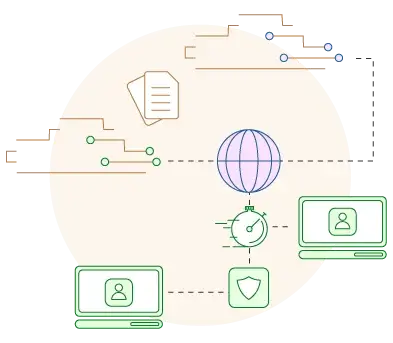
Wrap Up
The true cost of downtime goes beyond the immediate financial losses. It can affect a business’s reputation, customer trust, and long-term viability. That’s why investing in a reliable hosting provider is crucial. It guarantees you’ll avoid long-term crashes and won’t be putting your project at risk.
Look for a vendor that offers frequent offsite backups, takes security seriously, and has an easy-to-reach support team. You’ll also need to do some work – monitor your resource usage, prepare disaster recovery strategies, and automate the backup process. In the end, what you’ll be doing is investing in your business continuity.
FAQ
Q: What is a website downtime?
A: Downtime is the period when a website is unavailable. It can range from a few minutes to a prolonged period of time. This can lead to significant financial losses and damage to reputation, especially for ecommerce stores. Your best bet to avoid downtimes is to invest in a reliable hosting provider.
Q: What causes website downtime?
A: Server maintenance or planned updates are among the most common causes of website downtime, but if you’ve chosen a reputable hosting vendor, those will be reduced to the very minimum. The free hosting options on the market are unreliable, and you’ll almost surely suffer frequent downtimes.
Traffic spikes are another culprit. If the resources you paid for are not enough to handle an influx of visitors, your website will crash. This is a common issue with shared hosting. Cyber attacks can also cause downtimes, so make sure to invest in security tools.
Q: Does website downtime affect SEO?
A: Website downtime might affect SEO if your site is unavailable for a longer period of time. It usually takes Google a few days or even weeks to remove it from its index, but even a few minutes can be crucial if your pages are crawled at the wrong moment. Once your site is removed, you’ll face all kinds of trouble; sometimes, leaving the domain name and associated project is the only viable option.


